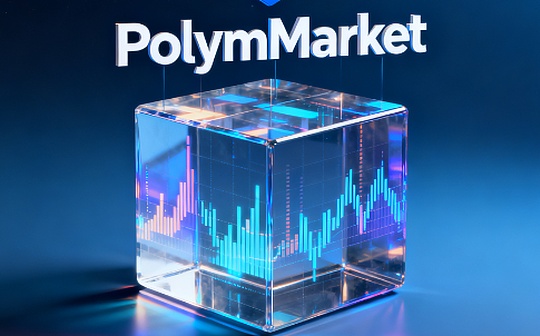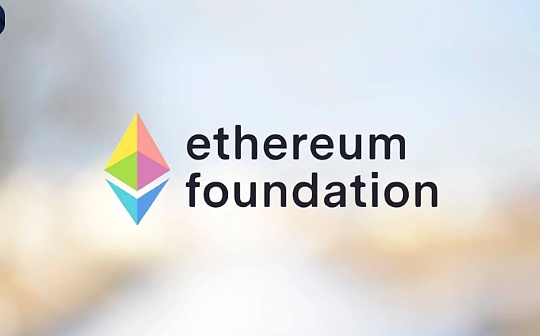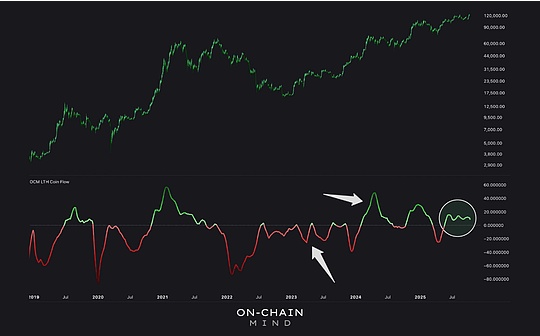
Source: Galaxy; Compiled by: Bitchain Vision
Intercontinental Exchange (ICE), the parent company of the New York Stock Exchange, announced on Tuesday that it had agreed to invest up to $2 billion in Polymarket.The deal is the seventh-largest equity investment in a cryptocurrency company and the largest private equity investment by a traditional Wall Street firm, according to Messari data.The deal values the blockchain-based prediction market platform at $8 billion.This is almost 7 times the valuation of Polymarket’s latest round of financing this year and 22 times higher than the valuation of a round of financing before the November 2024 election.
In addition to this huge investment,ICE also said it plans to “become a global distributor of Polymarket event-driven data, providing clients with sentiment indicators on market-related topics.”.ICE said the two companies will also collaborate on tokenization projects.Meanwhile, Polymarket founder and CEO Shayne Coplan hinted that a POLY token launch may be in the works, while MetaMask also announced a plan to integrate Polymarket into its wallet (as well as perpetual futures trading).
Galaxy’s take:
The investment and endorsement from the Wall Street icon is part of a reversal of fortune for Polymarket and its 27-year-old founder, Shayne Coplan.
Bloomberg calls Coplan the world’s youngest self-made billionaire.The FBI raided Coplan’s home nearly a year ago in the final days of the Biden administration, to investigate whether Polymarket violated a previous settlement with the Commodity Futures Trading Commission by allowing U.S. users to access the platform.
However, during the Trump administration, the federal government dropped its investigation and Polymarket acquired CFTC-authorized exchange QCX, paving the way for Polymarket to return to the U.S. market.No longer a pariah, Coplan was invited to attend industry roundtables at the White House and joint SEC-CFTC events.Donald Trump Jr., whose company participated in the earlier round, has joined Polymarket as an advisor.
Eye-popping valuations and Coplan’s return aside,We want to know what exactly ICE plans to do with Polymarket’s data.The information is already public on-chain, and the odds are posted on Polymarket’s website and (apparently) updated in real time.On the other hand, market data services are ICE’s main business line, which brought in about $1.84 billion in revenue last year, accounting for about 15% of the company’s total revenue.
ICE may have thought it could package Polymarket’s data in a way that added value to TradFi clients, perhaps delivering it instantly to the trading screens those institutions were already using, in a format they were accustomed to.If so, and ICE charges for the service and gives Polymarket a cut, that might help solve a long-standing challenge for the latter (which doesn’t charge trading commissions): finding a sustainable revenue model.
From a macro perspective,One might argue that the real product of prediction market platforms is not the bets themselves, but the information signals generated by these markets.If the platform could find a way to monetize the signals, it could conceivably be able to make money without charging commissions.Prediction markets aggregate disparate information into price signals.Each contract price can be interpreted as the crowd’s implied probability of a certain outcome.In many markets, this creates a data set of probabilistic forecasts over time—essentially a continuously updated model of collective expectations.From an economic perspective, betting is an input, not an output.The valuable output is the information produced by the interaction of these bets.From this perspective, it’s not hard to imagine that Polymarket’s unmentioned advantage is its potential to capture and normalize this data at scale, creating high-frequency feedback of real-world sentiment and predictions.
Traditional exchanges monetize trading activity through fees, but these fees introduce friction and distort price formation.Participants adjust their buying and selling prices based on costs, meaning that market prices deviate slightly from the “true” collective probability.If Polymarket can find some way to monetize its data layer, it can continue to avoid this friction.A zero-commission structure should lead to a more efficient marketplace, resulting in cleaner, higher-quality information products.Data quality improves precisely because users do not have to pay to provide the data.
Therefore, we can imaginePolymarket is no longer positioned as a betting platform, but as an information infrastructure provider.The market is its mechanism for crowdsourcing predictions; the business, in this case, is the commercialization of those predictions.Natural customers for such products might include financial institutions, hedge funds, news organizations, and AI developers seeking real-time marketable indicators of future events.
Meanwhile, the POLY token revealed by Coplan (depending on how it is designed) may be able to solve another big challenge facing Polymarket: maintaining trust in its contract solutions.More than a year ago, tech news site The Information cited anonymous sources as saying that Polymarket was considering issuing its own token “to allow users to verify the results of real-world events.”To those who read between the lines, this sounds like a warning about the UMA protocol.The UMA protocol is Polymarket’s oracle service for solving market problems and adjudicating disputes through community voting.A common complaint about UMA is that large holders of its tokens may be colluding to solve market problems in a way that benefits themselves regardless of the actual outcome.
Polymarket has taken steps this year to reduce its reliance on UMA and use Chainlink to solve market problems related to asset price fluctuations.Announcing the partnership, the two parties said they were “exploring ways to expand the scope of Chainlink’s applications and solve prediction market problems that involve more subjective issues, thereby reducing reliance on social voting mechanisms and further reducing resolution risk.”Therefore, Polymarket may still be considering POLY as part of its solution.
Finally, we are curious about ICE’s joint tokenization efforts with Polymarket.As Coplan pointed out in a brief interview on the TBPN podcast, Polymarket is experienced in this — every yes or no stock traded on the platform is a blockchain token tied to a real-world outcome.Therefore, seeking its help to tokenize real-world assets listed on the ICE Exchange seems to be a no-brainer.








